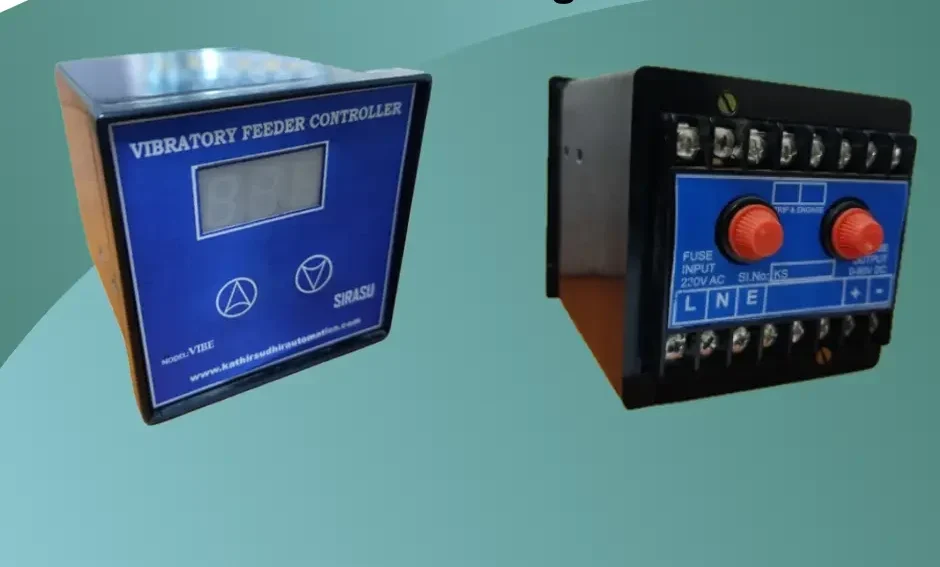Vibratory feeders play a crucial role in various industrial applications, ensuring a smooth and efficient flow of materials. The heart of these systems lies in their controllers, specifically designed to regulate the vibration intensity and frequency of the feeder. In this article, we delve into the world of vibratory feeder controllers, exploring the algorithms used to control vibration intensity for optimal performance. We will also touch upon essential keywords like vibratory feeder controller, electromagnetic feeder controller, digital vibratory feeder controller, and more.
Understanding Vibratory Feeder Controller
A vibratory feeder controller, often referred to as a vibratory feeder control unit, is an intricate electronic device that manages the functioning of vibratory feeders, vibrating conveyors, vibratory bowl feeders, and other related equipment. These controllers are pivotal in ensuring that the vibratory feeding system operates effectively, providing a consistent and controlled flow of materials.

The Need for Vibration Intensity Control
Controlling the vibration intensity is critical in a vibratory feeding system. Different materials, feed rates, and operational requirements necessitate varying vibration intensities. Vibratory feeder controllers use advanced algorithms to adjust the amplitude and frequency of vibrations, ensuring the right amount of material is conveyed with precision and efficiency.
Key Algorithms for Vibration Intensity Control
1. Variable Frequency Control
Variable frequency feeder controllers allow for adjustment of the vibration frequency. By altering the frequency, the controller can optimize the movement of the materials and achieve the desired flow rate. This algorithm is particularly useful when dealing with diverse materials that require different handling approaches.
2. Amplitude Modulation
Amplitude modulation involves altering the amplitude of vibrations while maintaining a constant frequency. This algorithm allows for precise control over the intensity of vibration, enabling a tailored feeding process based on the characteristics of the materials being handled.
3. Feedback Control
Utilizing sensors and feedback mechanisms, the controller can dynamically adjust the vibration intensity based on real-time data. Feedback control algorithms ensure that the feeder responds to changes in the material flow, maintaining a steady and efficient feeding process.
4. Pulse Width Modulation (PWM)
PWM is a widely used algorithm that controls the duration of the vibration pulses. By adjusting the pulse width, the controller regulates the intensity of vibrations, enabling a versatile approach to material handling.
Advancements in Digital Vibratory Feeder Controller
Modern vibratory feeder controllers have embraced digital technologies, allowing for enhanced precision and flexibility in vibration intensity control. Digital controllers offer features like programmable settings, intuitive interfaces, and the ability to store multiple profiles for different materials and production requirements.
Conclusion: Elevating Material Handling with Advanced Vibratory Feeder Controller
Vibratory feeder controllers, including electromagnetic feeder controllers and digital vibratory feeder controllers, play a vital role in industrial processes. The effective control of vibration intensity is essential for achieving optimal material flow and efficiency. Algorithms like variable frequency control, amplitude modulation, feedback control, and PWM are integral to achieving precise vibration intensity control. As technology advances, digital vibratory feeder controllers continue to evolve, offering sophisticated features and capabilities that further enhance the performance of vibratory feeding systems. Understanding these algorithms is crucial for optimizing material handling in industrial settings, making vibratory feeder controllers a cornerstone of modern manufacturing.

